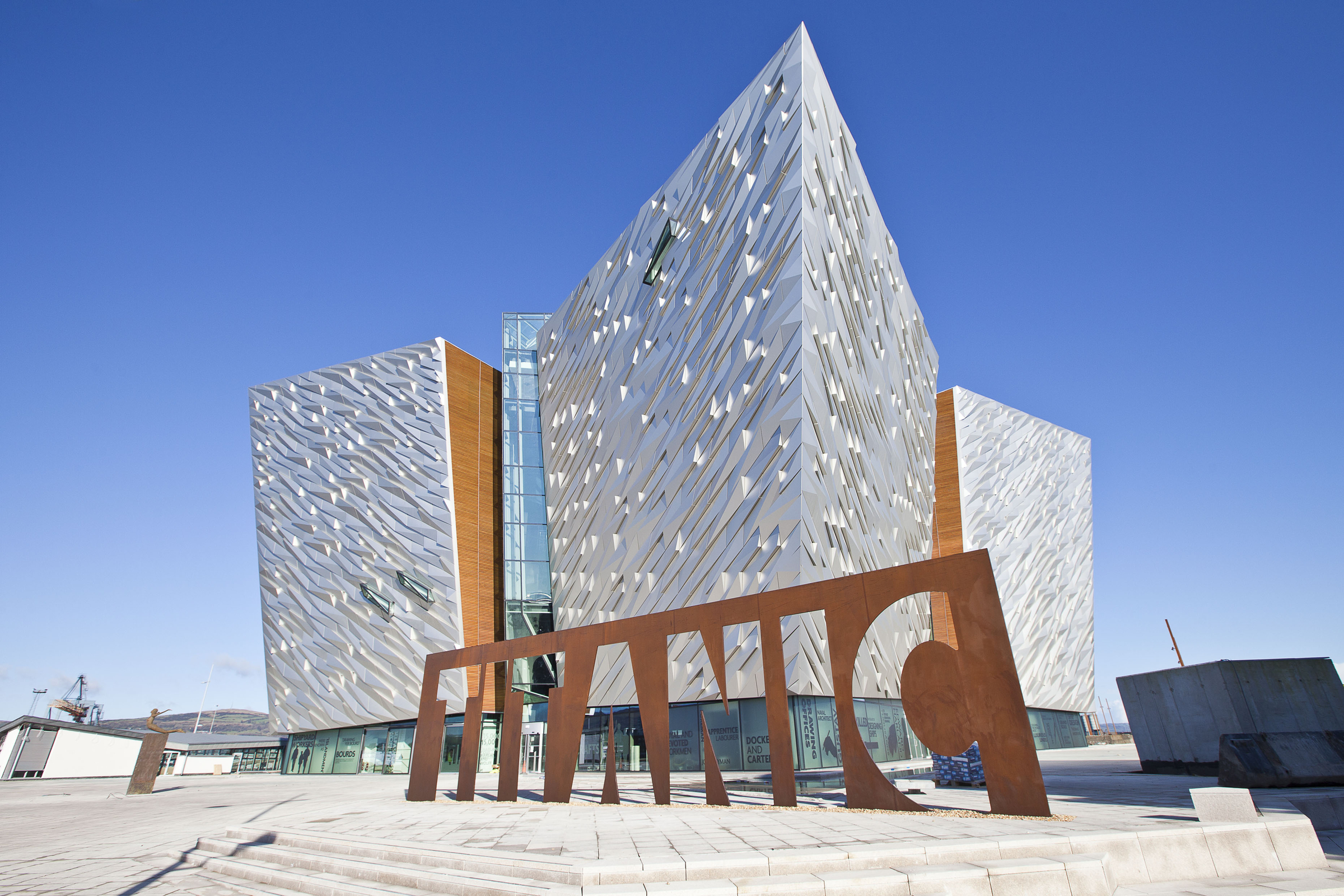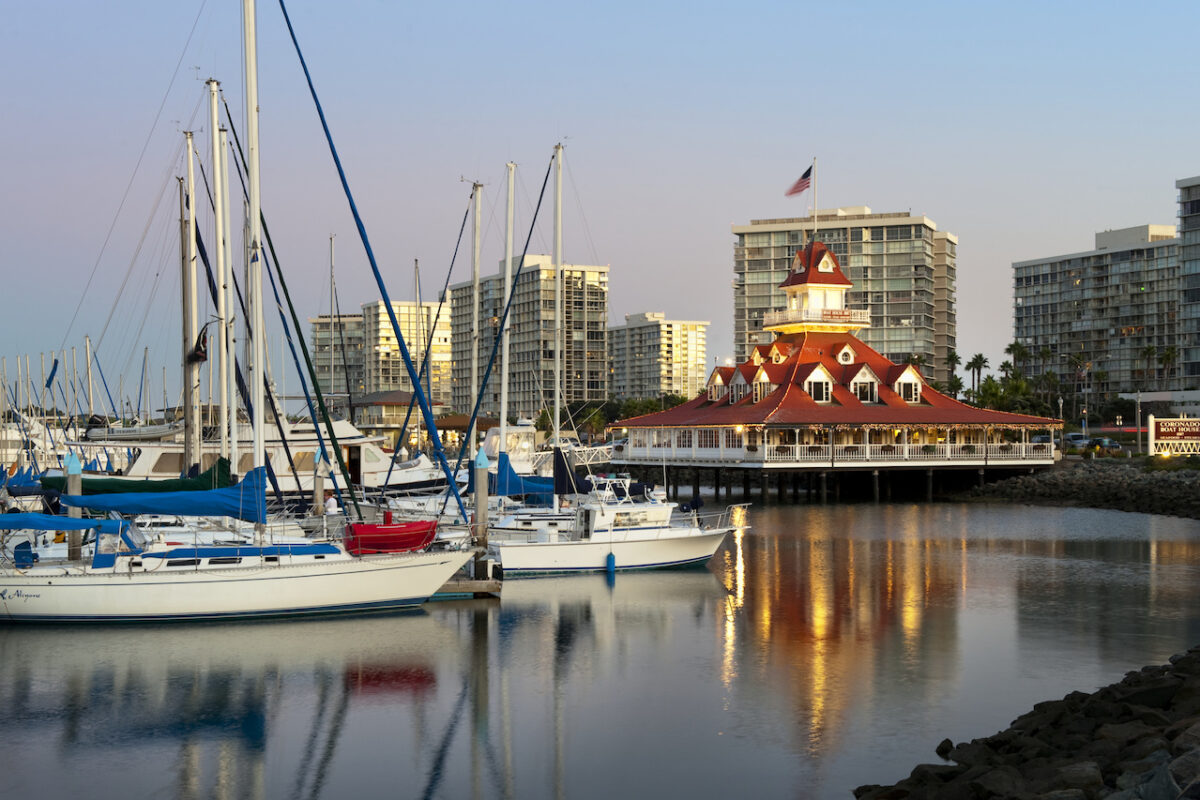Skift Take
The twists and turns of the global travel industry's recovery continue to impact how event destinations are selected. Some effects are obvious, others not so much.
Challenges to the travel industry are nothing new. However, the past three years have been unlike anything that came before and hopefully after. The global travel industry connects with hospitality and events in many ways, and their recovery goes hand in hand. Within this link, details make a big difference, particularly when it comes to selecting the ideal destination for a company event.
Travel Recovery
The Global Business Travel Association (GBTA) fully expects the business travel industry to bounce back to a value of $1.4 trillion, but not quite yet. Recovering from the Covid pandemic has been complex. Nevertheless, GBTA expects the global industry to surpass this value by 2026, and become worth $1,47 trillion.
Previous estimates suggested that recovery would come in 2025, but deteriorating economic conditions changed that. Persistent inflation, high energy prices, severe supply chain challenges, labor shortages, and economic slowdown in China are all significant impacts on the rebound of business travel in North America. In addition, the war in Ukraine and market pressures on more sustainable business practices are also issues to consider. This is according to Nancy Tudorache, GBTA’s regional vice president, Americas, speaking at the recent Skift Meetings 2023 Event Trends Summit.
Despite all the challenges, the good news for the travel sector is that according to GBTA’s polling, most companies are not limiting their business travel due to economic concerns. Also, according to GBTA’s data, financial matters have eclipsed concerns over Covid, so the barriers to recovery center on the economic outlook.
The Impact on Destination Selection
With the overall state of business travel still in recovery mode, the fall event season was one of the busiest on record, boosted by plenty of pent-up demand. Economic uncertainty provided plenty of headwinds. At the same time, U.S. companies traveling abroad took advantage of good exchange rates. Global DMC Partners CEO Catherine Chaulet confirmed a trend of U.S. companies taking advantage of good exchange rates, particularly to offset high airfares. On the other hand, with clients looking at international destinations they may not have previously considered, visa requirements have become more of an issue. As a result, planners must ensure everyone involved in any event can easily access a destination, even if any Covid restrictions are no longer in place.

Pent-up demand means that many primary destinations have very limited capacity and high prices, making second-tier destinations very appealing. Those that are easy to reach benefit the most. Although Chaulet argues that top cities can equally offer very authentic experiences, authenticity also plays a factor. “Groups want experiences that are more personalized […] and these secondary destinations really cater to this as well,” said Chaulet.
For destination events, including incentive travel and company off-sites, destination selection largely depends on the location’s attractiveness and its perceived value. Working with local experts in the form of destination management companies (DMCs) is standard practice for planning purposes. But Chaulet recommends also using DMCs to help promote a destination ahead of time, especially when working with second-tier destinations. Doing this is vital in shaping the destination’s image with participants.
Families and Causes Are Welcome
Bleisure is among the many trends currently fueling the blending of everything in travel. But mixing leisure and business travel is not just for digital nomads. Family travel is also mixing with business travel more than ever. “Bringing families to incentives is high in demand right now, and so many destinations are selected with this in mind,” said Chaulet.
Not all companies will make family time part of the program, but many select family-friendly destinations and plan to have time for families before or after the conferences. And participants are responding positively to family-friendly incentive travel. “It actually helps the bottom line of the companies because there’s so much interest in participating,” said Chaulet.
Including a Corporate Social Responsibility (CSR) program can also make a destination feel more authentic and get participants to connect with the location. This can be even more impactful if it chosen because of a CSR activity rather than the activity being an add-on. “Put it up front and determine that you’re going to go to a destination with this [CSR activity] in mind first and you’ll see a lot more enthusiasm from attendees,” said Chaulet.
Photo credit: Natalya Zaritskaya / Unsplash





